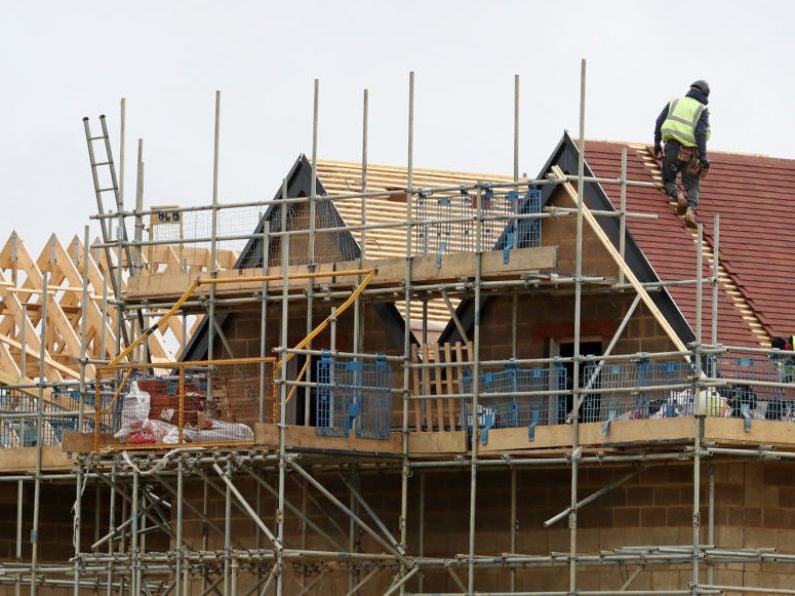An estimated 67 per cent of people in the Republic are living in homes that are too big for their needs, according to new research by the Economic and Social Research Institute (ESRI).
The study forund that Ireland has an under-occupancy rate of 67.3 per cent, putting it in the top three in Europe - together with Malta and Cyprus - in terms of under-occupancy. The EU average is 33.6 per cent, around half the Irish figure.
The data shows that more than 88 per cent of people over 65 years live in under-occupied housing. Under-occupation is also more prevalent in higher-income households, while in 2022 almost 80 per cent of homeowners lived in an under-occupied unit whereas only 38.4 per cent of the renters did.
According to Eurostat, which compiled the figures, "a household is under-occupied if it has at its disposal more than a minimum number of rooms considered adequate". Ireland is among the countries with the with the highest average number of rooms per person, standing at 2.1. The only two countries with more rooms per person are Malta (2.3) and Luxembourg (2.2) whereas the EU average stands at 1.6 rooms per person.
The average Irish housing unit consists of 5.5 rooms, while the EU average is 3.7 rooms. According to the research, Ireland is among the countries with the highest average size of housing. It states that "This is clearly related to the fact that the Irish housing stock consists of 89.3 per cent of houses compared to apartments."
In cities, under-occupancy is less of an issue, at 58.7 per cent, compared to towns and suburbs where the percentage are 68 per cent, and the highest proportion of people living in homes that are too large is in rural areas at 75.9 per cent.
While home ownership rate in Ireland at 70 per cent is close to the EU average of 69 per cent, other housing indicators reveal different patterns, according to the research. "For example, there is a clear trend towards smaller households in Europe. In 2022, the average household size in the EU was 2.3 people, while in Ireland it was 2.6, making it one of the countries with the highest average household size in the EU. Only Slovakia (3.1), Serbia, Poland (both 2.9) and Croatia (2.7) have a higher average household size. At 2.6 people per household, Greece and Cyprus have the same average household size as Ireland.
The research concludes that the lack of smaller housing options poses challenges for people who want to adapt their housing situation to stages of their lifecycle.
"Finding a one- or two-bedroom apartment is a major challenge in Ireland due to the lack of supply, even though there are many situations in which demand for those units exists. These scenarios include older couples who want to downsize when their children move out, couples without children who want to form their own household, young and small families, and young professionals who want to become independent from their parents’ household."
It says that it is important to note the high share of housing units that consist of more than two bedrooms. "Clearly, more high-rise developments would allow a greater number of people to use relatively smaller floor space more efficiently compared with a situation where everyone owns a house. Therefore, in dealing with the issue of low housing availability, policies which incentivise and facilitate the construction of relatively smaller housing units will be an important part of the policy response."
The report states that given the extent to which housing is acting as a constraint on the economy, and the fact that new household formations are likely to be well in excess of the 33,000 units completed in 2023, "substantial additional investment is going to be required in the housing sector in the coming years".
Keep up to date with the latest entertainment news on Beat102103.com






